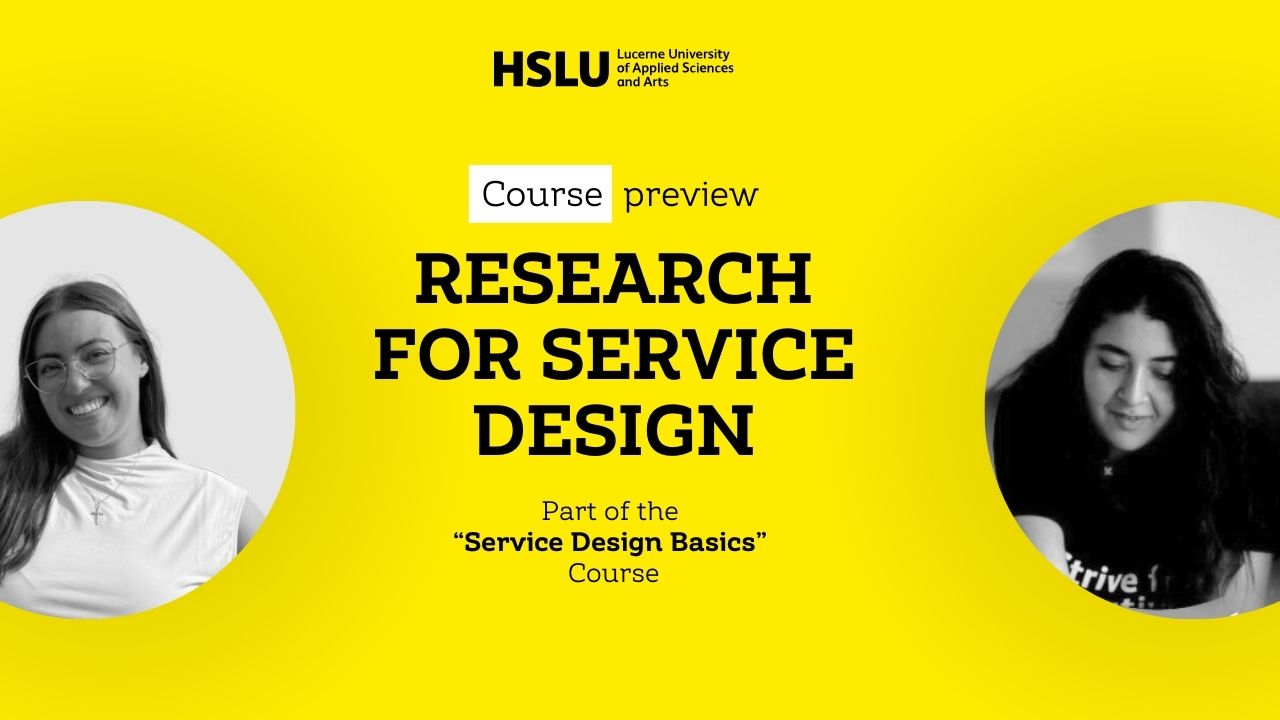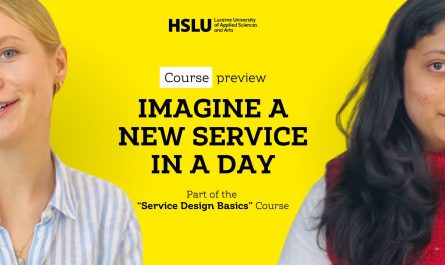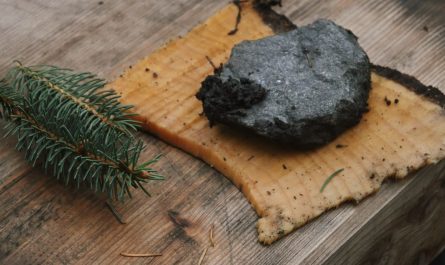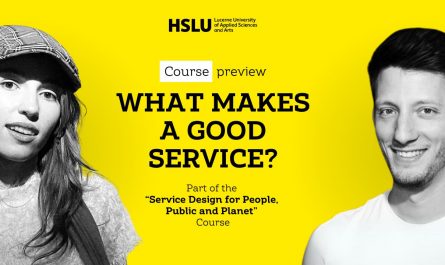A big part of the work of a Service Design practitioner is to better understand the needs, aspirations and challenges that people face when using a service. That’s why in the “Service Design Basics” course, of the Master Service Design of the HSLU, Lucerne University of Applied Sciences and Arts, learners invest time in understanding research methods, especially learning how to create a safe space during interviews.
This week was mainly about scoping and framing the research approach. By starting with the questions “What do we want to know, who can tell us, and how might we find out?” gives the frame for the overall. research question(s), some idea of who our sample should be and the methods we might use. From here we can flesh out the research scope, which is essential to match to the time and resources available. For students, that’s usually quite a lot of time, but usually just themselves unless they team up.
The planning for how you are going to go about the analysis and synthesis starts at this stage, not after you have a pile of data you are lost in. It’s all too easy on real-life projects to be swayed by stakeholder politics to keep speaking to more and more people, but you can expect the analysis and synthesis to grow proportionally at the other end. A decent rule of thumb is that for each hour of qualitative research you do, you have 3-4 hours of working on it afterwards. Yes people use AI, no it’s not a great idea early on in your career (or ever, says Andy), since you don’t build up the pattern recognition that you’ll need.
The final part of the day was some practice in directed storytelling—guided interviewing—and also some interview technique games, such as staying silent for as long as you can. This not only makes you realise how much you want to jump in with your own thoughts instead of active listening, but also shows you how powerful silence can be. When the silence grows, your interviewee will move to fill the discomfort and go beyond their stock answer and offer more details.
Thanks to Rola Rafla and Juliana Magalhães Cardoso for being interviewed about the day.
Video transcript
This transcript was fully generated using Descript. The transcript wasn’t corrected. Which means it can be pretty creative, funny or wrong at moments.
What did you learn in the first Research Service Design Course
Rola: Hi, I’m Rola.
My name is Juliana
Rola: I’m a first year Service Design student in the Masters.
Juliana: Today was a lot of theoretical input, but a very interesting one, more importantly about interviewing people, and also about the types of research you want to take.
Rola: It was a very nice refresher about research, quantitative, qualitative, how to conduct it.
Juliana: What’s one or two things that you think you can apply to your project?
Mainly about the research, it’s How to target the people you want to interview? Not targeting too much, but being very open about it. And also some tips on how doing the interviews in itself, Maybe doing more active listening sometimes can be very helpful and giving more new insights.
Rola: What I’m thinking about now after class is how to Create a safe space for the interviewee as an interviewer. But also how to basically Shut up and not interrupt the interviewee when I’m interviewing them. Because I feel like I’m the type of person who, whenever I’m talking to someone, there are always a lot of thoughts that come to mind and I just need to stop myself from saying them whenever I’m interviewing someone.



